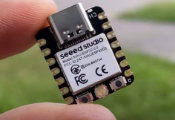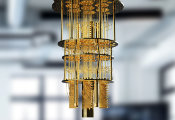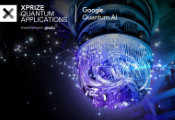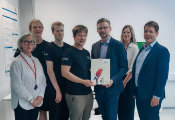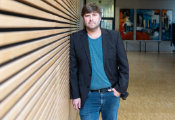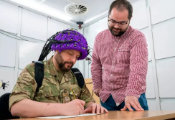PASQAL and LINKS Research Venture Aims To Enhance Cellular Network Operations Using Quantum-Classical Algorithm
PARIS, February 06, 2024 -- PASQAL, a leader in neutral atoms quantum computing, and the research team at LINKS reported that they have successfully implemented a noise-resilient, hybrid quantum-classical algorithm that provides the foundations for efficiently solving the Physical Cell Identifier (PCI) assignment problem in cellular networks.
Today’s smartphones constantly search for the closest cell to connect and transfer data to. As a person and their smartphone are moving from place to place, the signal is being transferred from cell tower to another. Cell communication networks are typically dense, and for every device to have an equal share of network capacity, the structure needs to be well-organized. To organize the handover process of mobile signals between cells, networks use PCIs, which are limited and prone to impairments with signal assignments.
“The strongest point of this experiment is that it exploits the characteristics of the current PASQAL machine in such a way that the algorithm is resistant to variations in the results,” said Chiara Vercellino, researcher at LINKS Quantum Computing team – part of the Advanced Computing, Photonics and Electromagnetics (CPE) research domain. “The code ran smoothly on the machine, and we knew from the beginning that we could expect good results. The time to solve for many nodes grows exponentially if you consider methods using classical computers only, so for very large graphs we will see the real advantage of using hybrid quantum-classical approaches.”
Neutral atom quantum technology is ideal for solving graph-based problems like PCI impairments because it can position atoms in any desired configuration. PASQAL’s hardware is particularly ideal for tackling graph problems because the hardware uses intense, highly focused, lasers to capture atoms individually. The atoms are then manipulated to create twodimensional or three-dimensional shapes.
Researchers from LINKSCPE Quantum Computing team, supported by CINECA, chose to run the hybrid quantum-classical algorithm on Fresnel, the first PASQAL commercial device, to solve the graph coloring problem that emerges in PCI assignments. The research teams from LINKS and PASQAL ran an experiment for their hybrid quantum-classical algorithm to solve four graphs. In all four graphs, the algorithm was successful in finding an optimal coloring solution in agreement with the corresponding numerical simulations.
“The most impressive part of this implementation is that the results the LINKS team obtained are very reliable, even if the QPU [Quantum Process Unit] is still noisy,” said Mauro D’Arcangelo, senior quantum software developer at PASQAL. “Provided that you can embed the graph in our QPU, the algorithm just works. You can use it right now. You only need to have enough atoms in the register to represent the graph that you want.”
The novel algorithm provides the foundations for efficiently solving the PCI assignment problem in cellular networks and for other applications. Using quantum devices and neutral atom technologies as part of computational workflows may be vital to finding solutions for pressing industrial and scientific problems.



